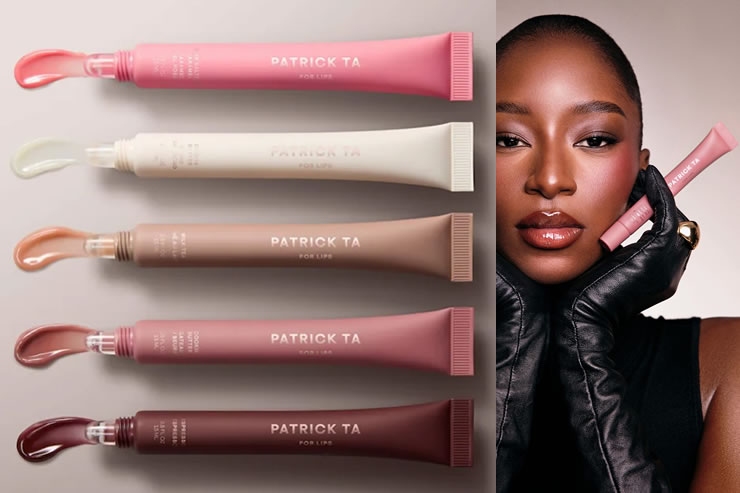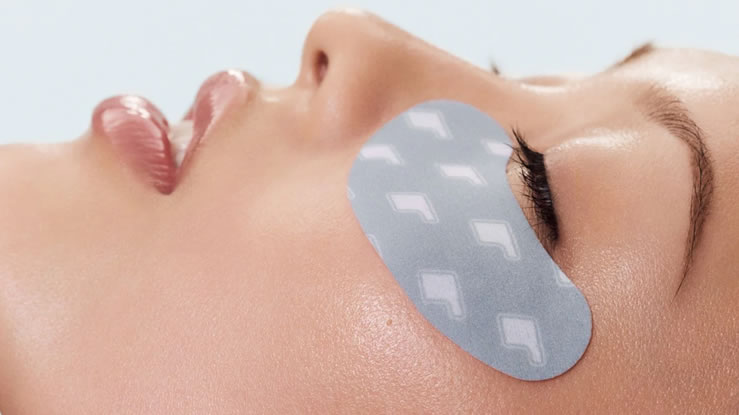Breast augmentation is a popular cosmetic procedure that enhances the size and shape of a woman’s breasts. While many women find the results rewarding, it’s essential to weigh the pros and cons before undergoing surgery. Here’s an overview of both sides to help you make an informed decision.
Pros of Breast Augmentation
-
Enhanced Appearance
One of the most significant advantages of breast augmentation is the improved appearance of the breasts. Women can achieve fuller, more symmetrical, and proportionate breasts, which can enhance their overall body shape. -
Boosted Confidence and Self-Esteem
Many women report an increase in confidence and self-esteem following breast augmentation. Feeling more comfortable in your body can lead to a positive impact on both personal and professional aspects of life. -
Corrects Asymmetry
Breast asymmetry is common, where one breast is noticeably smaller or differently shaped than the other. Breast augmentation allows for the correction of this imbalance, providing a more harmonious look. -
Customizable Options
The procedure is highly customizable. Women can choose the size, shape, and type of implants (saline or silicone) that best fit their aesthetic goals and body type. This ensures that the results are tailored to individual preferences. -
Long-Lasting Results
With advancements in surgical techniques and implant technology, the results of breast augmentation can last for many years. Most implants are durable and only require occasional check-ups to ensure they’re in good condition. -
Reconstructive Purposes
For women who have undergone mastectomies or other breast surgeries, breast augmentation is an essential part of reconstructive surgery. It helps restore the breast’s natural appearance, leading to emotional and physical healing.
Cons of Breast Augmentation
-
Surgical Risks
As with any surgery, there are risks involved, including infection, scarring, and adverse reactions to anesthesia. There’s also the possibility of complications such as implant rupture, capsular contracture (scar tissue around the implant), or changes in nipple sensation. -
Implant Maintenance and Replacement
Implants do not last a lifetime. Most women will need to have their implants replaced or revised at some point. The need for future surgeries is something to consider before opting for the procedure. -
Recovery Time
The recovery process can take several weeks. During this time, patients may experience discomfort, swelling, and bruising, and they need to limit physical activities. Full recovery may take months before normal activities can resume entirely. -
Cost
Breast augmentation can be expensive, and most health insurance plans do not cover cosmetic procedures. In addition to the initial surgery, there may be additional costs for future revisions or implant replacements. -
Potential for Complications
There is a risk of complications such as implant rupture, leakage, or displacement, which may require corrective surgery. Some women may also develop capsular contracture, where scar tissue forms around the implant, causing discomfort and a hardened feel. -
Unrealistic Expectations
While breast augmentation can provide excellent results, it’s important to have realistic expectations. The procedure enhances appearance but doesn’t necessarily resolve deeper issues related to self-esteem or body image.



















